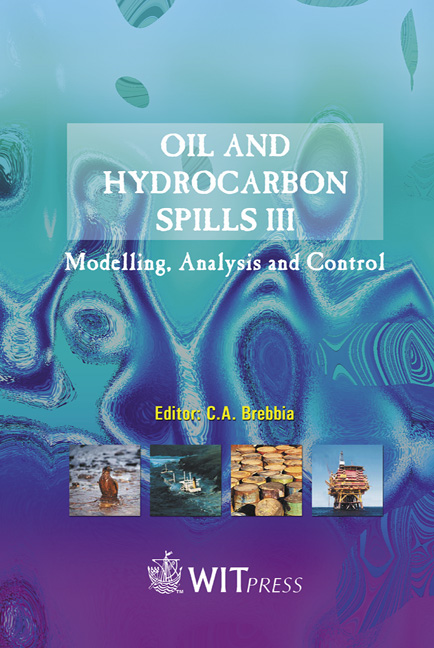Development Of Clean-up Values For Soils Polluted With Petroleum Hydrocarbons Using An Indicator-fraction Approach
Price
Free (open access)
Transaction
Volume
59
Pages
Published
2002
Size
688 kb
Paper DOI
10.2495/OIL020411
Copyright
WIT Press
Author(s)
J. Nouwen, C. Cornelis & J. Provoost
Abstract
Development of clean-up values for soils polluted with petroleum hydrocarbons using an indicator-fraction approach J. Nouwen, C. Cornelis & J. Provoost Vito, Flemish Institute for Technological Research, Belgium. Abstract Clean-up standards for soil pollution were promulgated on the 27th of April 1996 by the implementing order of the Flemish soil remediation decree. The soil clean-up standards differentiate between five land-use categories: natural areas (I), agricultural areas (II), residential areas (III), recreational areas (IV) and industrial areas (V). Generally, the clean-up standards for the last four categories are obtained by human exposure modelling. Derivation of soil clean-up standards for petroleum hydrocarbons using the Total Petroleum Hydrocarbon Criteria Working Group approach (TPHCWG-approach) was carried out in this framework. Knowledge about the toxicity, the physico-chemical properties, the fate and transport of the different petroleum hydrocarbon fractions in the soil is of major importance. Cancer and non-cancer risks are considered separately using respectively an indicator- and fraction-approach. Soil clean-up standards were calculated using the human exposure model VLIER-HLWAAN for each aliphatic and aromatic fraction. The groundwater clean-up standards were calculated according to the WHO procedure for deriving drinking water guidelines and were adjusted on a solubility basis if needed. Whole product (e.g. gasoline, diesel, heating oil . . .) soil and groundwater clean-up standards were developed for use in the exploratory site investigation whereas fraction specific soil clean-up standards were derived for application in the descriptive site investigation and the site remediation. The modelling results served as the basis for a final proposal for clean-up standards for soil pollution.
Keywords





